Effective Pay-Per-Click (PPC) Marketing: Amazon Campaign Analysis
VerifiedAdded on 2023/04/19
|8
|266
|211
Report
AI Summary
This report provides an overview of pay-per-click (PPC) marketing, highlighting its key characteristics such as the advertiser paying fees based on the number of ad clicks. It discusses how PPC works, including setting business goals, defining target audiences, keyword research, campaign structure, and campaign management. The report then analyzes Amazon's PPC campaign, outlining the pros like generating customer traffic, measuring results, full control, and cost-effectiveness, as well as the cons such as junk traffic, disappearing ads, and the risk of unfulfilled conversions. The study references expert opinions on ensemble learning methods and dynamic pay-per-action mechanisms in online advertising.
1 out of 8
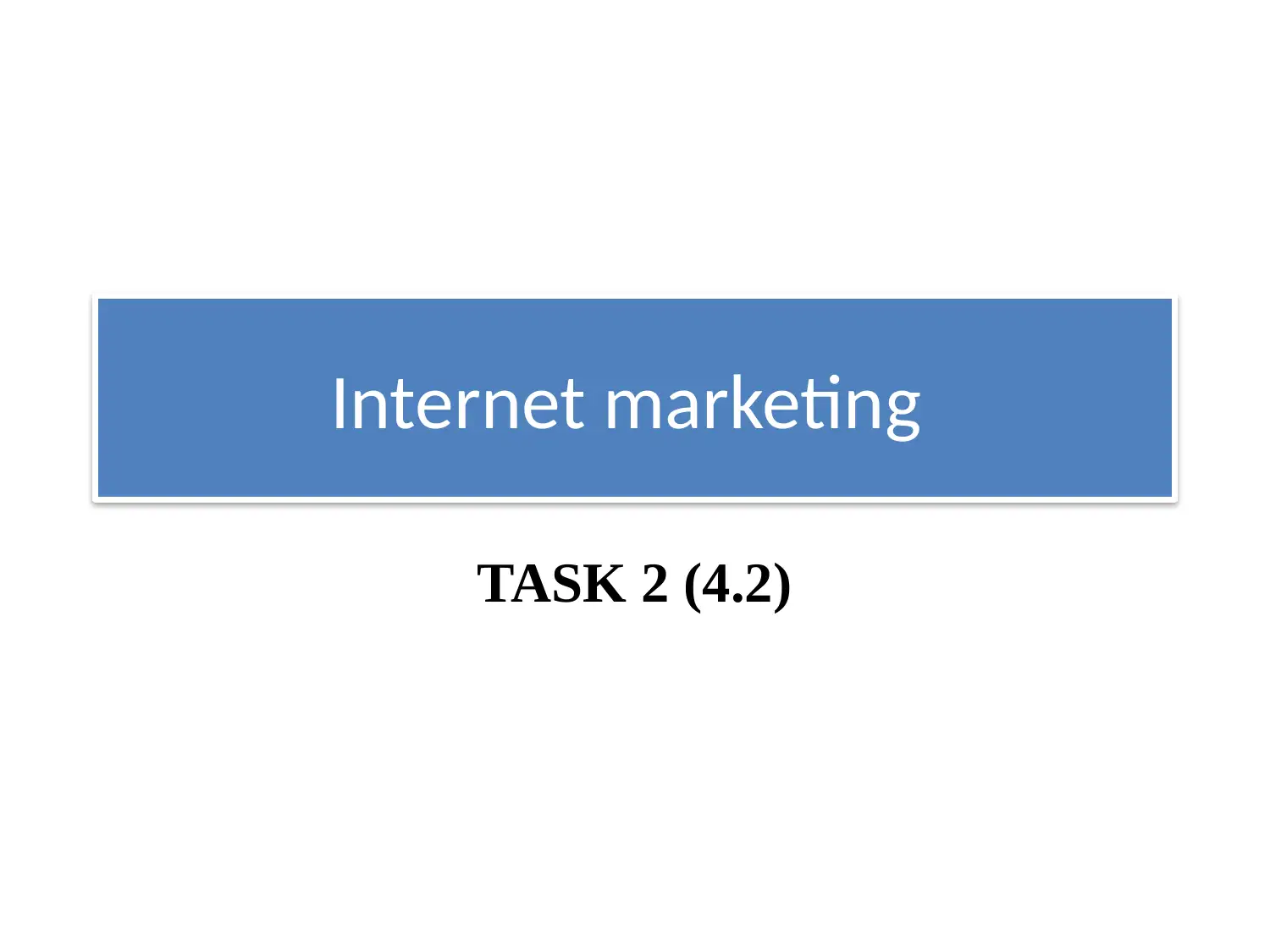
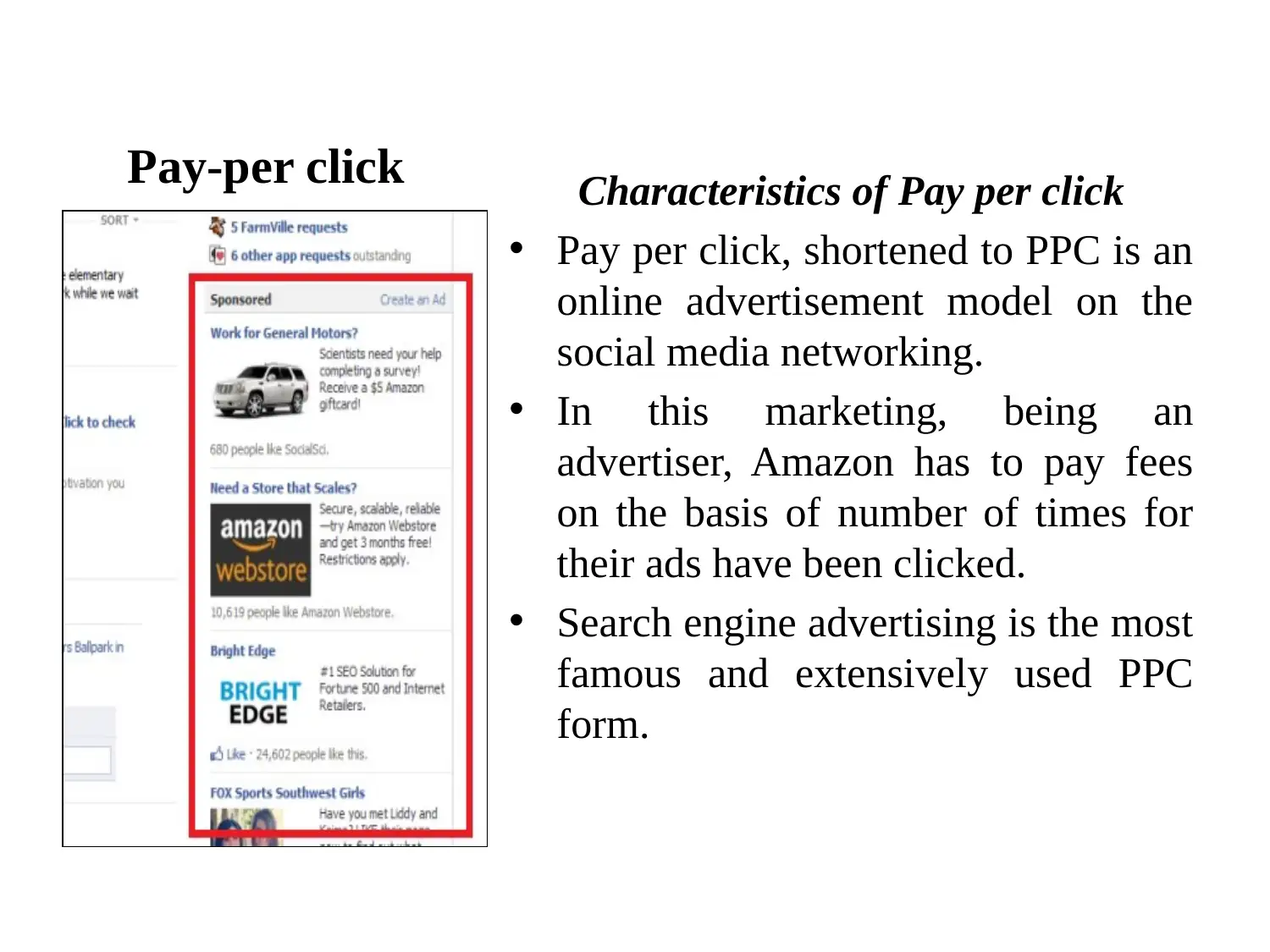
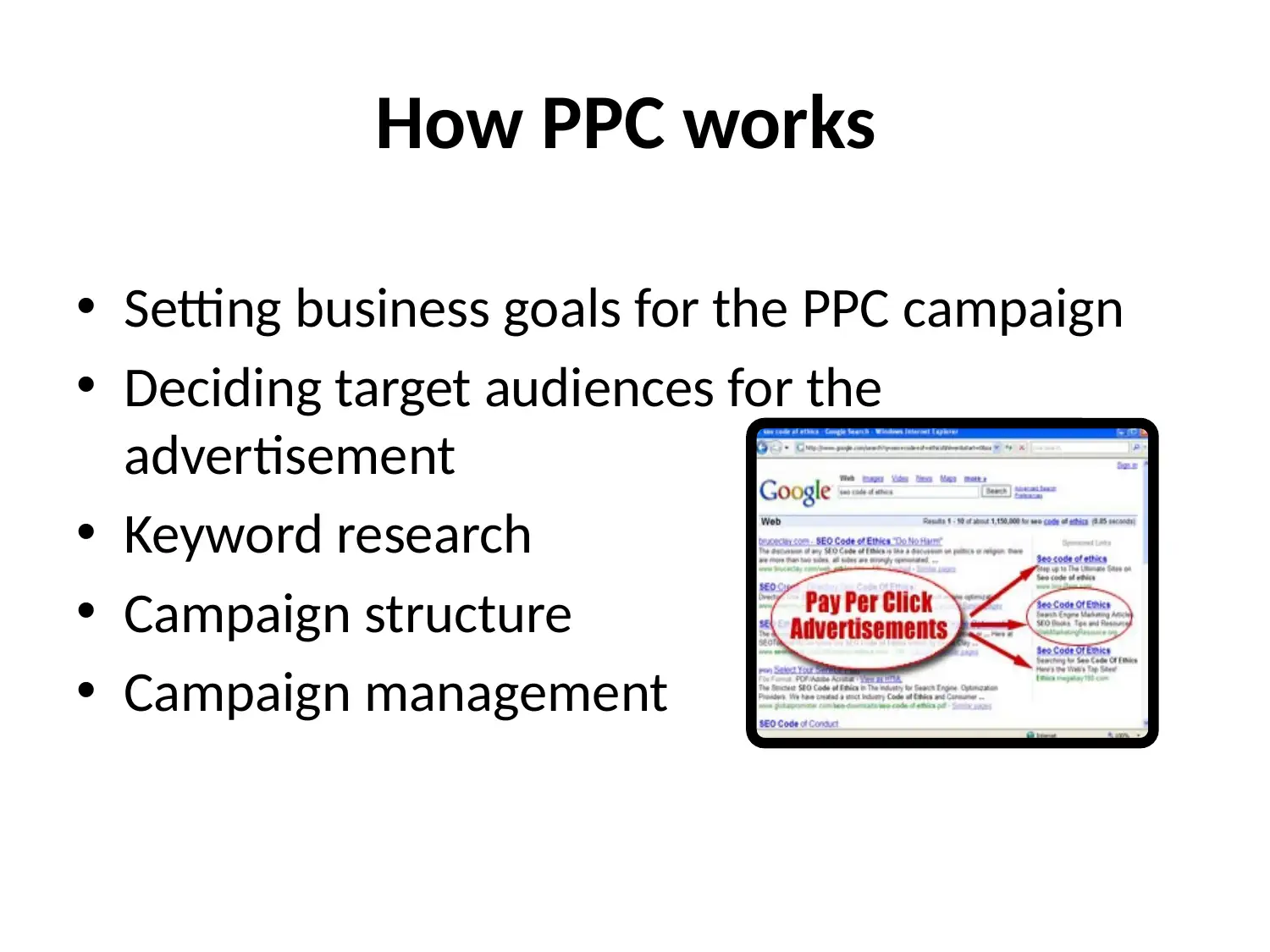

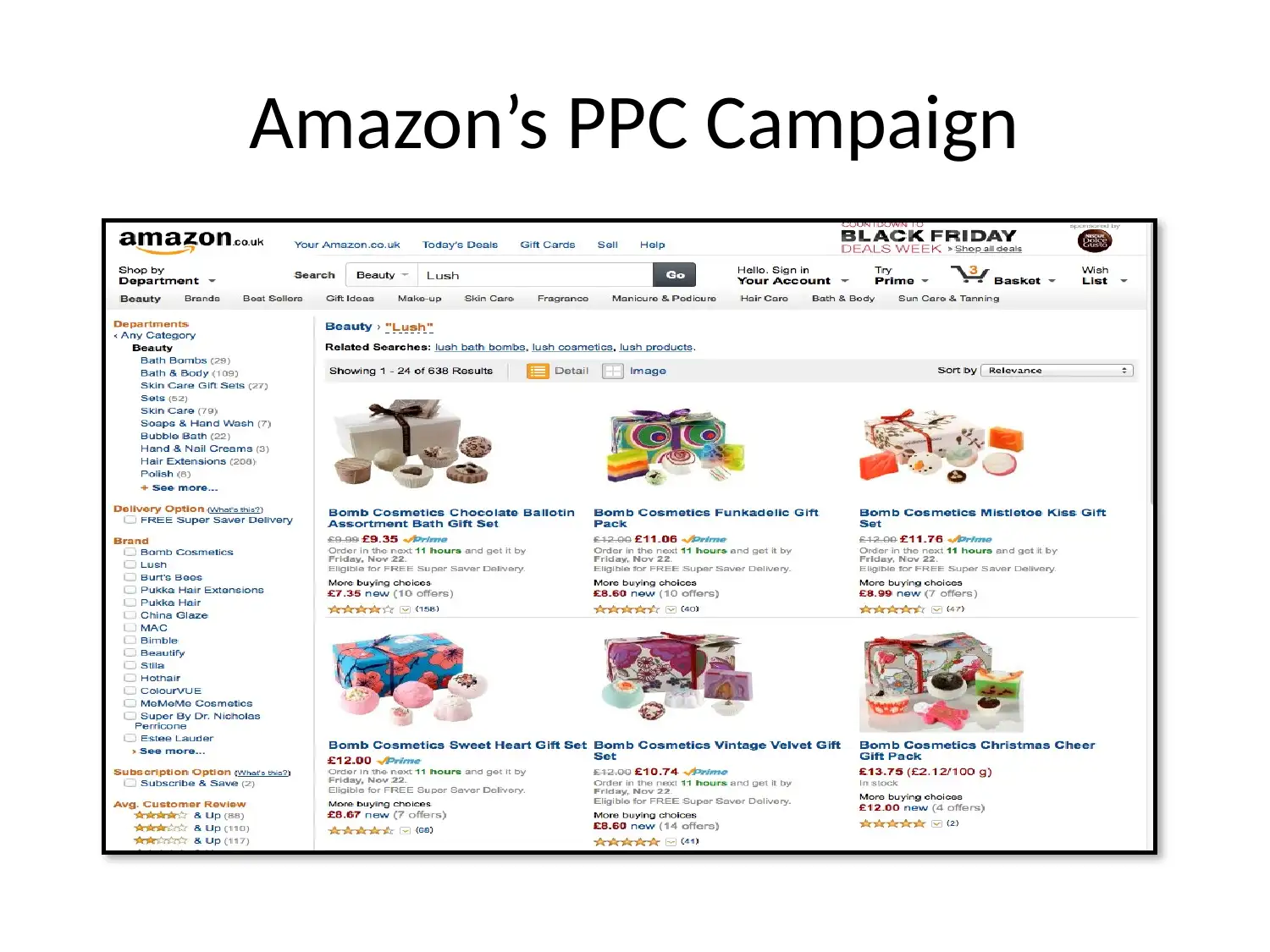
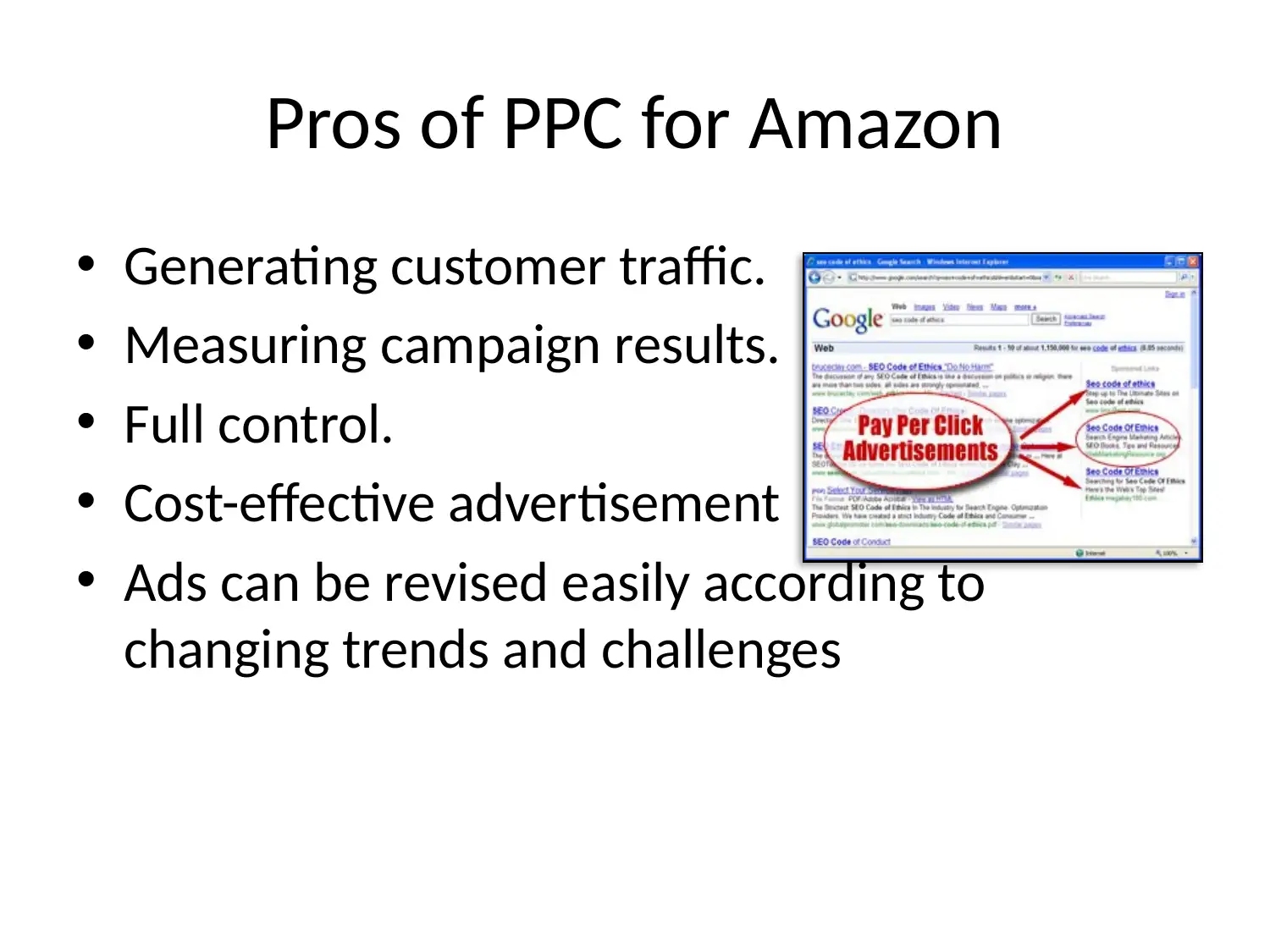
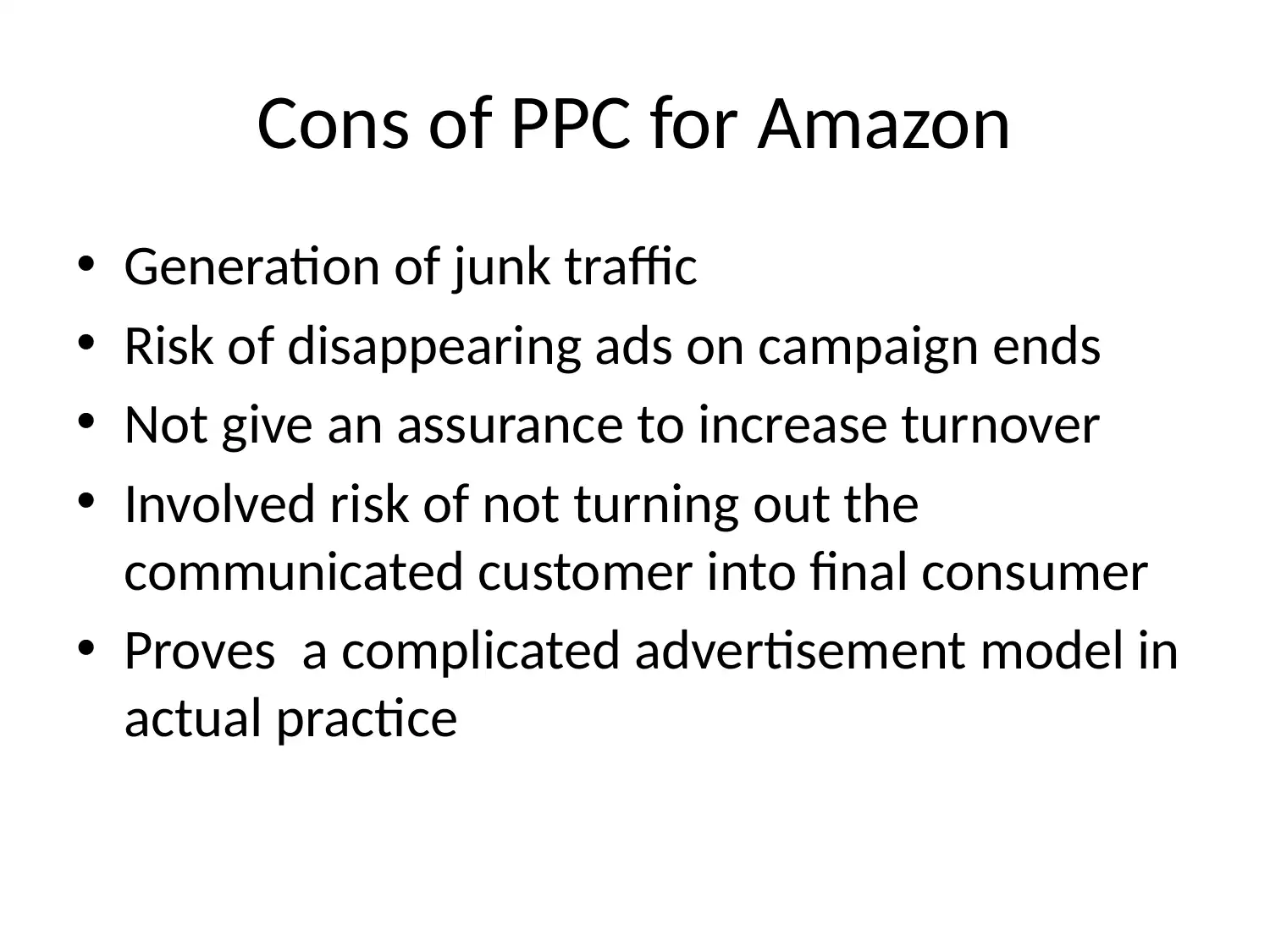
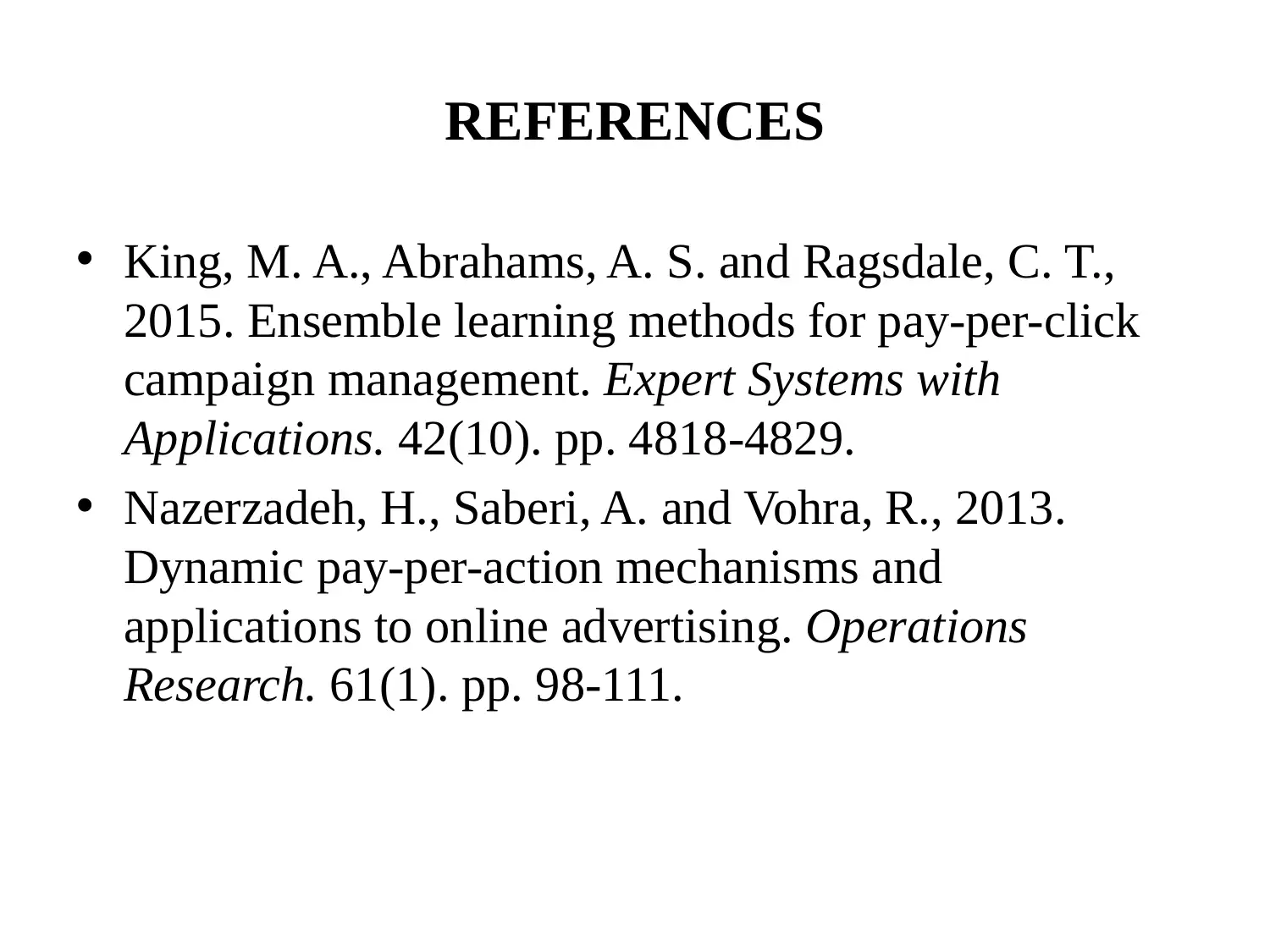







![[object Object]](/_next/static/media/star-bottom.7253800d.svg)